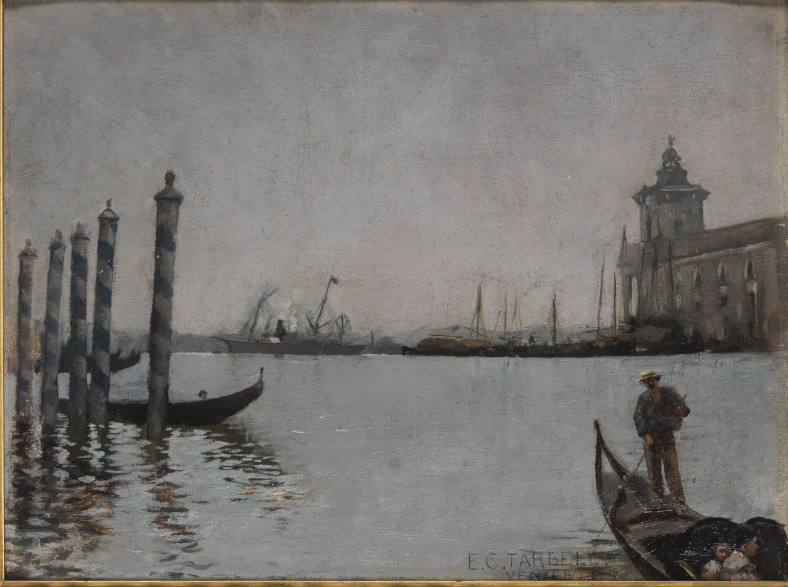 Eustis Estate
Eustis Estate
Piazza San Marco, Venice
Unknown Artist His inability to firmly attribute this painting surely vexed the Boston connoisseur Charles Russell Codman. He had refined his eye during an extensive trip to Europe, and the journal he kept there lists the places he visited to admire their painting collections, including Windsor Castle, Hampton Court Palace, and Blenheim Palace.
His inability to firmly attribute this painting surely vexed the Boston connoisseur Charles Russell Codman. He had refined his eye during an extensive trip to Europe, and the journal he kept there lists the places he visited to admire their painting collections, including Windsor Castle, Hampton Court Palace, and Blenheim Palace.
Between 1820 and 1825, Codman actively built his own collection through purchases at Boston auctions. He displayed his paintings—almost entirely by Old Masters—in his Chestnut Street home, which became a mecca for other American collectors. In 1827, he became one of five members of a committee charged to gather paintings to display in an exhibition at the Boston Athenaeum’s newly constructed gallery, a precursor of the Museum of Fine Arts. For the next twenty years, he lent dozens of his paintings to its yearly exhibitions. Codman nearly doubled the size of the painting collection he had inherited. When he died in 1852, his house contained more than sixty paintings, as well as numerous family portraits and framed prints.
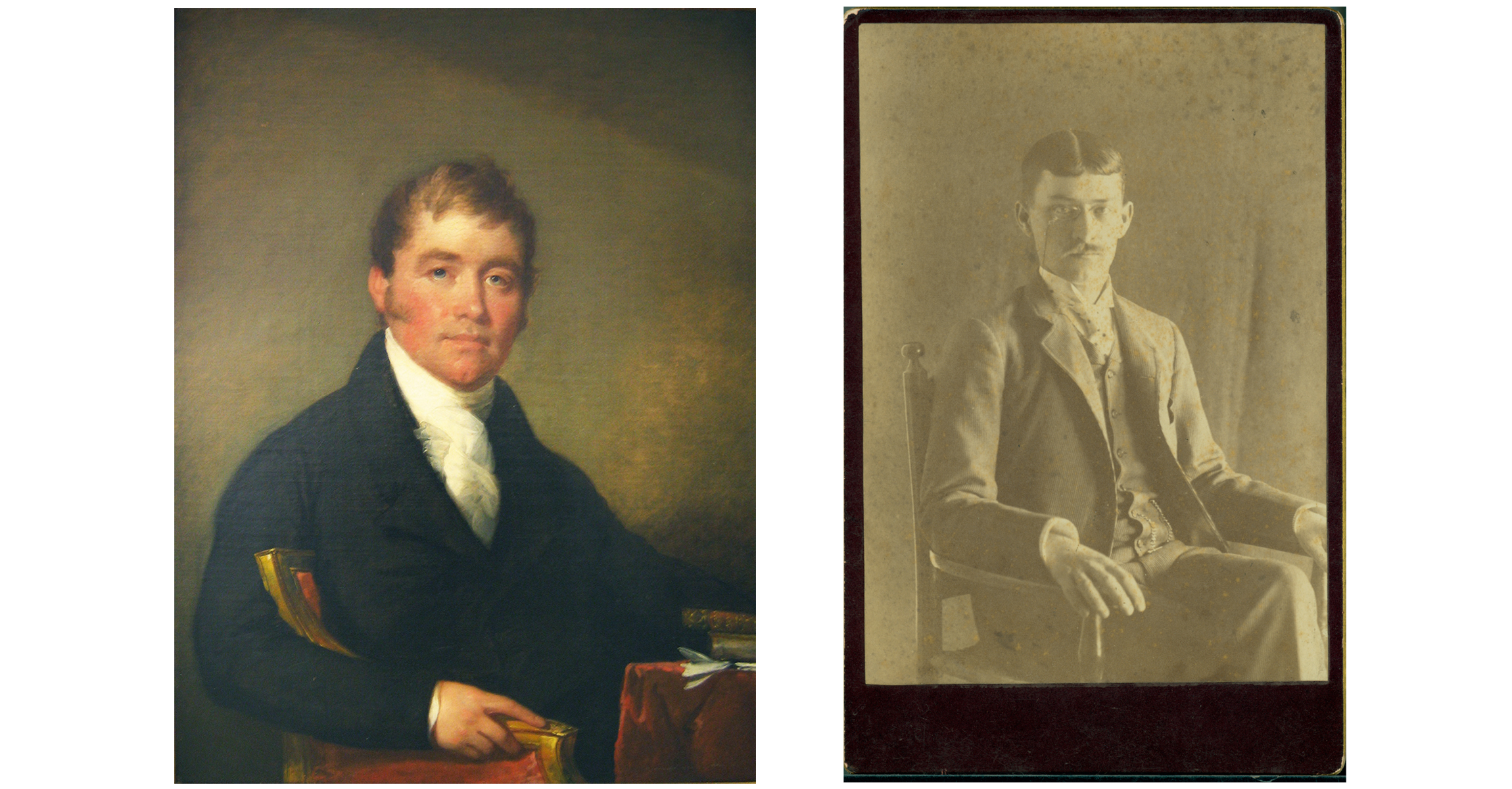
Charles Russell Codman’s anxiety over his scene of Venice was inherited by the architect and decorator Ogden Codman Jr. (1863–1951), who doubted his grandfather’s reattribution to Francesco Guardi and so carried on his search. On June 22, 1923, Codman wrote to one of his relatives, “I believe that when I was in Venice in 1894, or 96, I saw an engraving of it [his grandfather’s painting] in the Palazzo Curtis.” (In 1923, that famous residence was being rented—fully furnished by the Venetian family that owned it—to the American composer Cole Porter.) There is no evidence that Ogden made any headway, and experts remain stumped today.
What’s going on here?
This unattributed eighteenth-century painting depicts the final preparations for an event to occur at the southeastern corner of Venice’s most famous square, the Piazza San Marco. Click the hotspots in the painting to learn more about what is going on in the picture.
At far left we see part of St. Mark’s Basilica, and beyond it the Palace of the Doges.
Here, on the Piazzetta (“little square”) between the Doges’ Palace and the Campanile, a crowd of colorfully dressed citizens is gathering to sit on temporary bleachers, from which they will watch a ceremony occur on the raised stage surmounted by a “pop-up” tower adorned with sculpted figures (all probably made of papier-maché).
At right is the lower half of the Campanile.
Across the lagoon, we can see the domed church of San Giorgio Maggiore designed by Andrea Palladio (1508–1580).
Just beyond the bleachers, we see a galley ship approaching (its oars have been raised to slow its speed); presumably it contains one or more dignitaries to be welcomed formally by Venice’s leaders.
At bottom right, a boy chasing a dog drives our eye deeper into the gathering crowd.
to learn more
Learning to Look

Most of us first look at a painting and see the overall image. We imagine being in the place where the artist was. Has the artist captured the mood of a rainy day in the city? What was the person in this portrait like? But we can also learn something by looking more closely at what’s on the canvas. How has the way the artist applied the paint enhanced the image? How does the composition direct your eye around the scene? How do the choices this artist made relate to those made by another artist?
Viewers may wonder why the Codmans discounted Canaletto and then Guardi as the painter of this canvas. The answer becomes clearer when we compare it to firmly attributed works by these Venetian masters. The Canaletto illustrated here shows the full sweep of Piazza San Marco, with St. Mark’s Basilica and the Campanile at the far end. Canaletto offers the same detailed account of architecture and costumes seen in the Codmans’ painting, but also a convincing sense of “atmosphere.” Note, for example, the delicacy and variation of Canaletto’s clouds, and how his air seems to shimmer with the humidity that characterizes this port city.
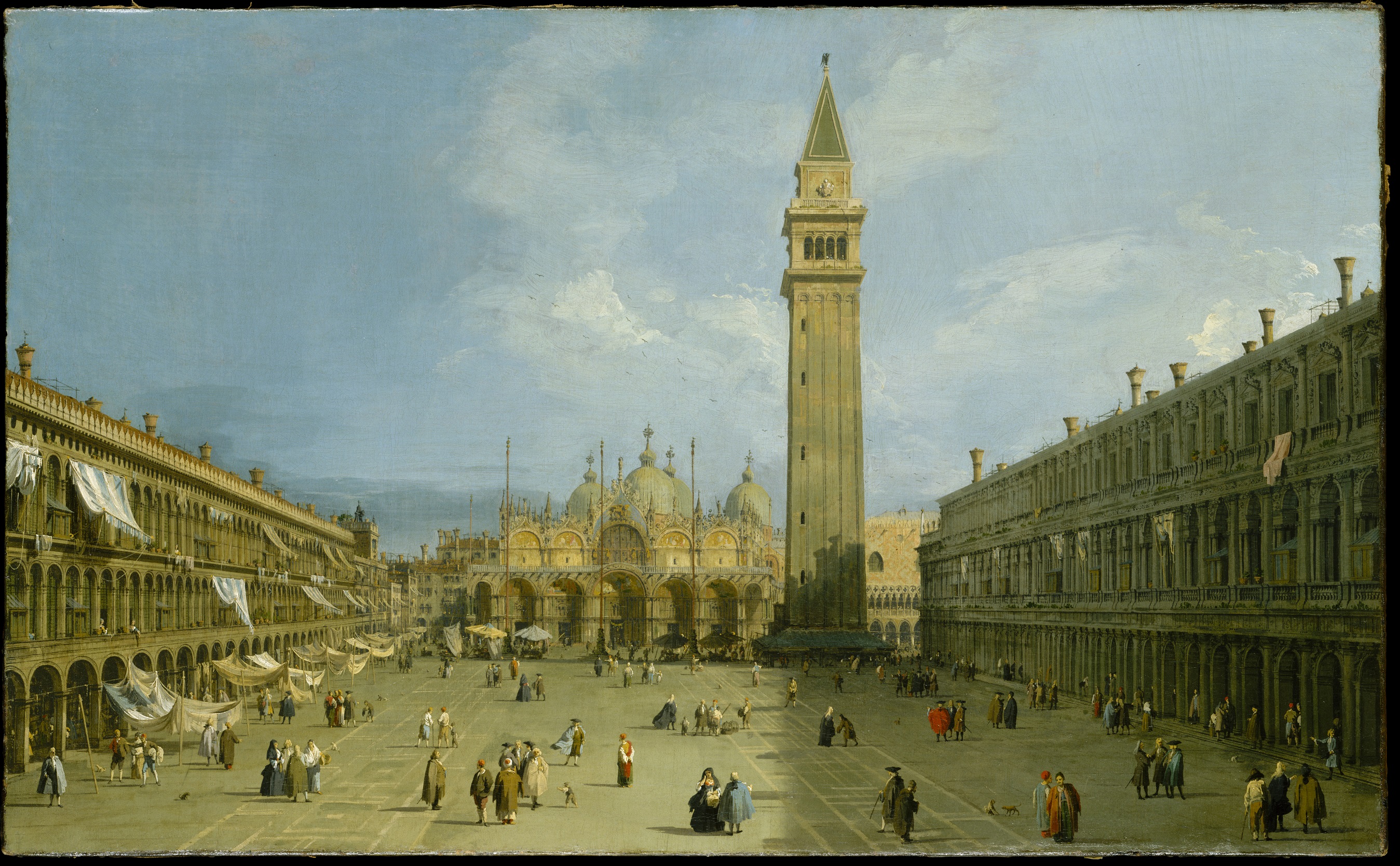
Francesco Guardi was fifteen years younger than Canaletto and won praise for his looser handling, which was more fashionable by his time. In this example depicting the Piazzetta—where the stage and bleachers appear in the Codman painting—Guardi shows us the same architecture and similar pedestrians, but his brushwork is not as meticulous. Because it is less exact, it conveys a sense of movement we might describe today as Impressionistic. The painter of the Codman painting was not interested in such dynamism, focusing instead on the pomp about to unfold.
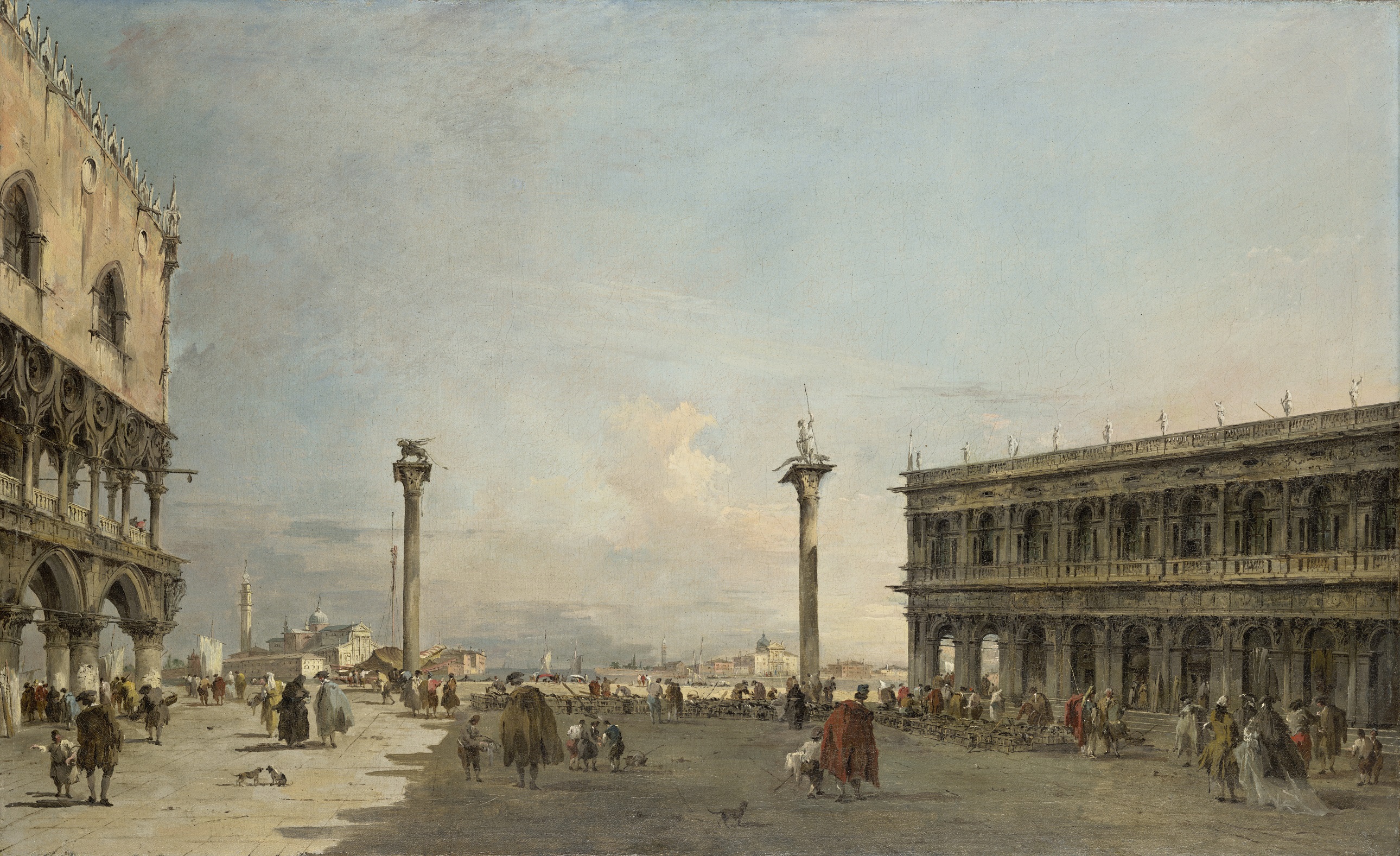
The unattributed Codman painting’s emphasis on architecture and civic life contrasts strikingly with a much later view of Venice displayed on the ground floor of Eustis Estate. In his dreamily Impressionistic vision of a gondolier awaiting passengers, the “Boston School” painter Edmund Tarbell shifted viewers’ attention away from the city’s buildings toward its broad lagoon and the bustling maritime industries indicated by the many masts visible. Learn more about Tarbell’s painting Waiting. Morning Effect. Venice, below.
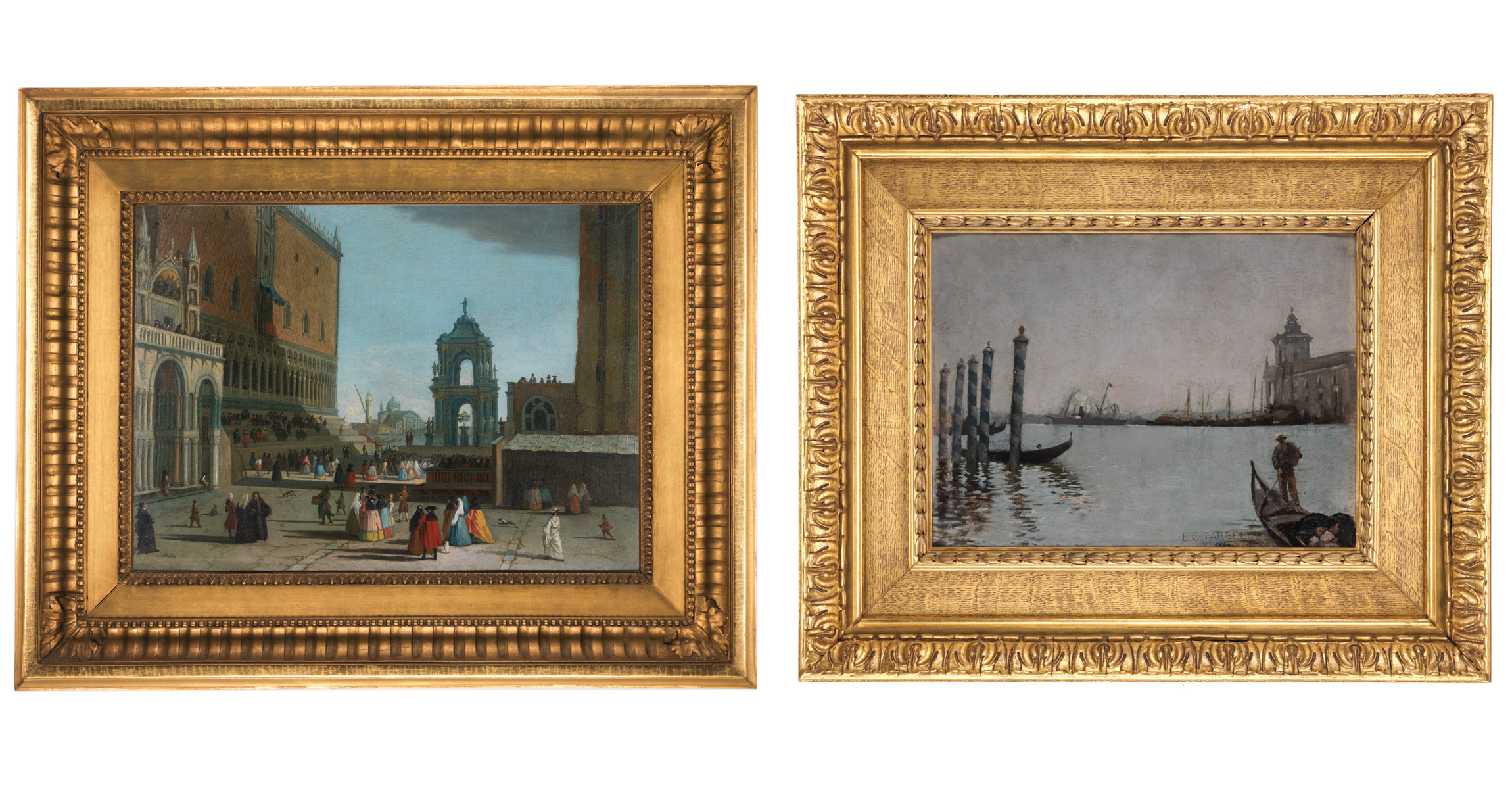
Right: Edmund Charles Tarbell (1862–1938), Waiting. Morning Effect. Venice, 1885, oil on panel, 19” x 22 ¼ in., Museum Purchase, 2019.25.1.
Waiting. Morning Effect. Venice. 1885
Edmund Charles Tarbell (1862–1938) turned an early aptitude for drawing into a successful career and an enduring reputation. He trained at the Boston Museum School and then traveled to Europe to attend the Académie Julien in Paris. During his time in Europe, Tarbell visited Venice and stayed for three months, exploring the city and drawing its buildings and people. Although an early example of Tarbell’s work, this painting already shows his skill at rendering the dark rich colors of early morning and his mastery at conveying the water’s glassy surface.
Painting in Context
Codman Estate Dining Room
The Codman House dining room retains its 1860s Elizabethan style as envisioned in the Victorian era. It was designed by John Hubbard Sturgis, brother-in-law of Ogden Codman Sr., who was retained to make architectural changes in several rooms. Ogden Codman Jr., a noted early twentieth-century interior designer, made some changes at the turn of the century including removing wallpaper and changing out lighting fixtures. Click the hot spots in the image to learn more about the other objects in the room.
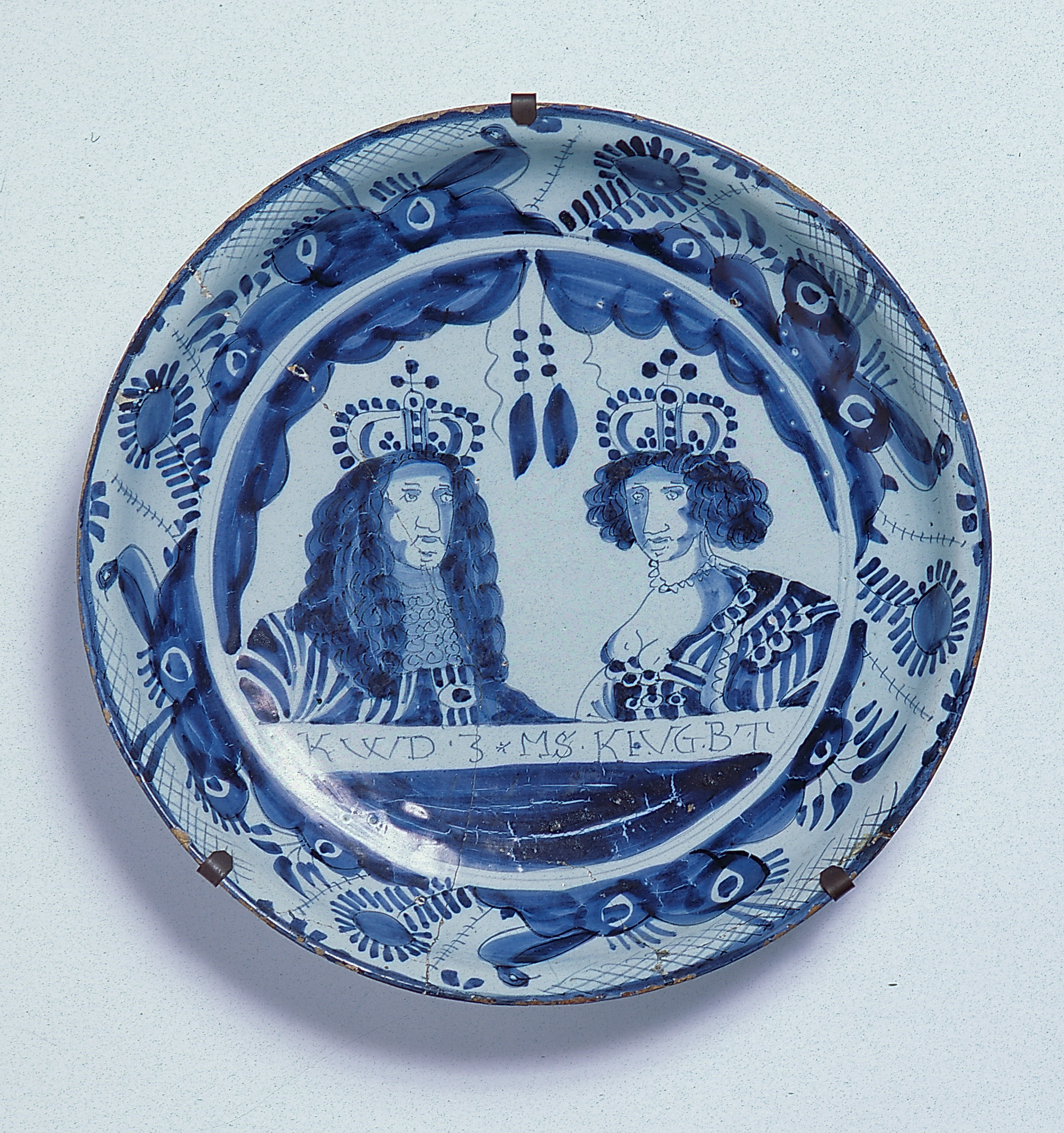
Reflected in the mirror is this 18th century Dutch charger depicting King William III and Queen Mary II who had an unusual co-rule of England in the late 17th century. We believe many of the blue and white ceramics in the dining room were collected when the Codmans were living in France in the 1880s.
The original lighting fixture was removed by Ogden Codman Jr and replaced with a Japanese shield which was adapted with electric lights inside.
The butternut and black walnut dining extension table, swan’s head chairs, and low sideboard were ordered from Leon Marcotte in New York, a fashionable vendor of fine furniture.
Charles Russell Codman’s son inherited the painting of Venice and brought it to Lincoln when he renovated the house in the 1860s. In the 1880s when the family were living in France the painting stayed in place and the house was leased fully furnished to tenants.
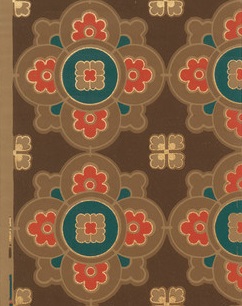
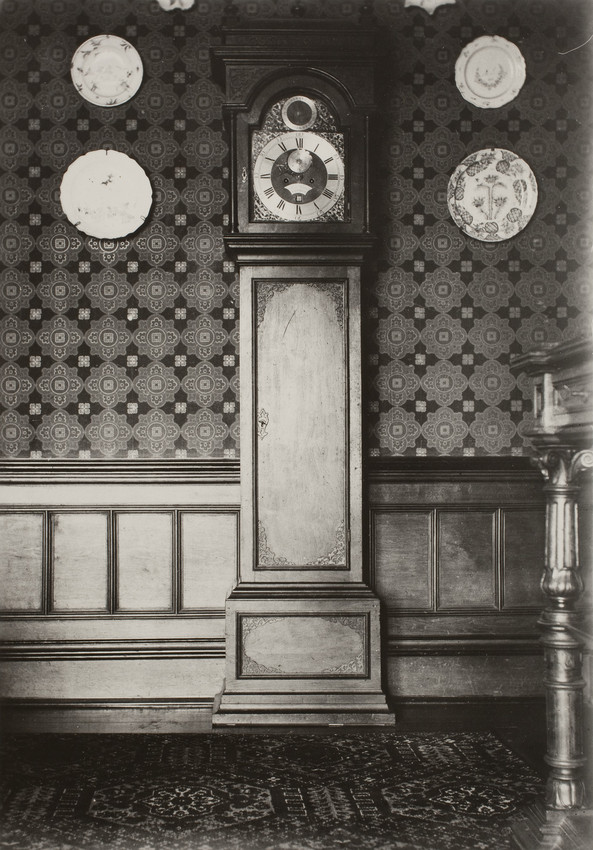
Ogden Codman Jr. removed the room's original wallpaper, a medieval-inspired quatrefoil pattern. This would have given the room a very different appearance, as can be seen in the historic photograph from c. 1899.
to learn more
Codman Estate
Lincoln, Massachusetts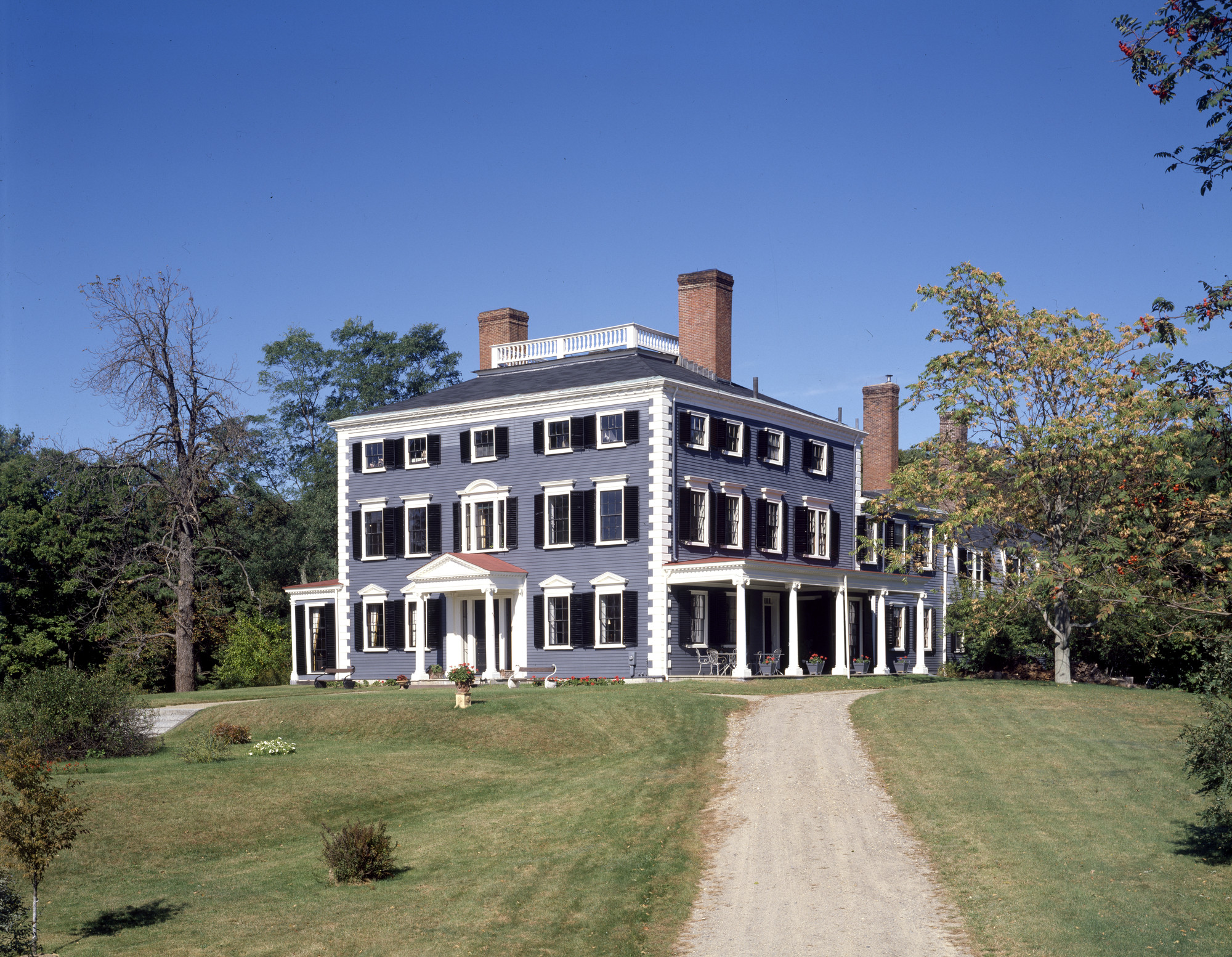
Overlooking a farm and pleasure grounds, the Codman Estate in Lincoln, Massachusetts, also known as “the Grange,” was a powerful force in the lives of five generations of the Codman family. Each generation left its mark, and the estate came to symbolize the family’s fascinating past.
Today the house is filled with art and memorabilia collected in Europe and America, showing the decorative schemes of every era, including those of noted early twentieth-century interior designer Ogden Codman Jr. The grounds feature a hidden turn-of-the-century Italian garden with perennial beds, statuary, and a reflecting pool filled with water lilies, as well as a 1930s English cottage garden. The carriage house and grounds are available to rent for weddings and other events.
The Codman Estate is located at 34 Codman Road, Lincoln, Massachusetts 01773.
